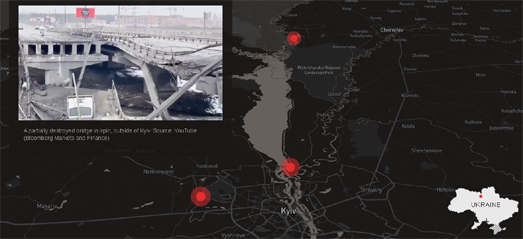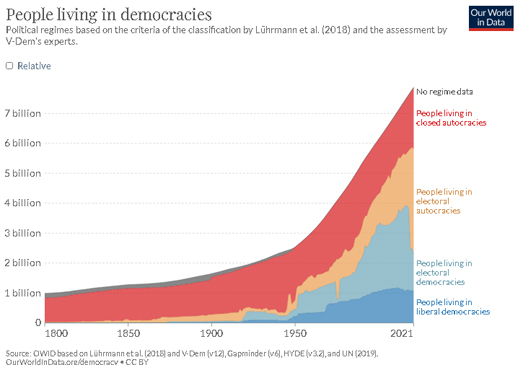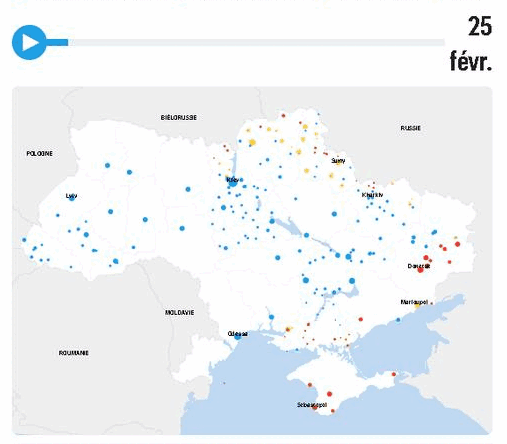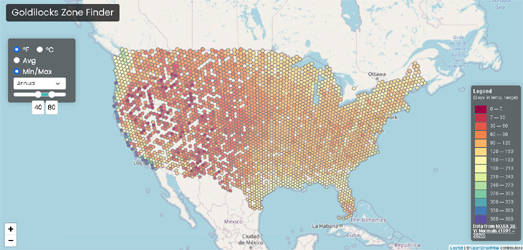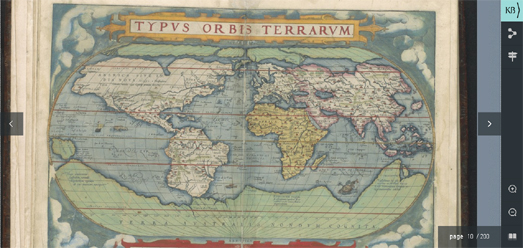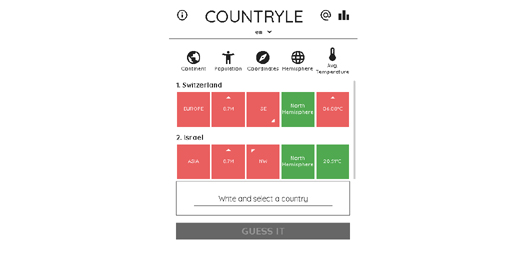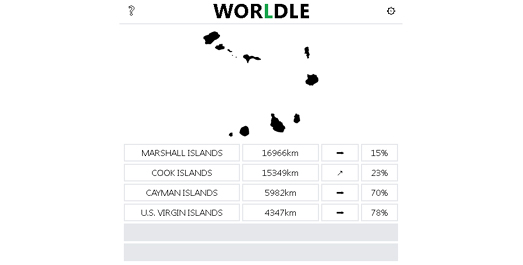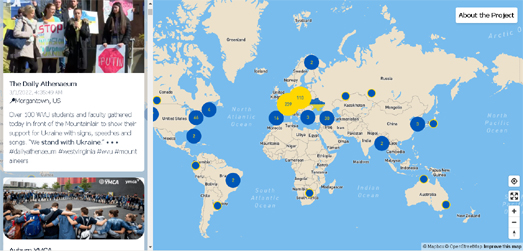
Every year the telecommunications company Telegeography releases a new map to visualize the updated global network of undersea telecommunication cables which carry all our data around the world.The 2022 Submarine Cable Map has now been published.
Subsea cables carry telecommunication signals under the oceans, communicating information between different countries and regions of the world. In the 19th Century the first submarine cables were laid to carry telegraphy traffic. In the 21st Century submarine cables carry digital data. This includes all our telephone and Internet data.
The new submarine cable map from Telegeography shows 486 cables and 1,306 landing stations. Like last year's Submarine Cable Map this year's edition features lots of textual information, featuring both cable trivia and answers to FAQ's about cable suppliers and content providers. What is new for the 2022 Submarine Cable Map is that this year Telegeography has used a storymap format to help explain all this textual information in more detail.
As you scroll through this year's version of the Submarine Cable Map the map pans and zooms to each of the smaller inset maps. These inset maps provide a more detailed view of regional submarine cable hubs around the world. As you scroll the page the map sidebar updates to provide more information about each of these regional hubs, providing details about the submarine cable companies with infrastructure in each hub. This storymap format also provides information on some of the new submarine cable builds which have taken place in each continent over the last year.
Each year's edition of the Telegeography Submarine Cable Map has a different design. You can explore Telegeography's Submarine Cable Maps for previous years just by changing the year in the map's URL. For example, one of my favorite Telegeography maps can be found at http://submarine-cable-map-2015.telegeography.com/. This 2015 map was inspired by medieval and renaissance cartography and features a vintage map style containing sea monsters, cartouches and border illustrations.

Despite using a storymap format to provide a guided tour of the the world's submarine cable network Telegeography's map is essentially just a still image map. If you want a fully interactive map experience then you could try the Submarine Cable Globe. This WebGL powered 3D globe allows you to explore the world's submarine cable network as a true interactive map.
The Submarine Cable Globe does not provide as much information about the global submarine cable network as you will find on Telegeography's map. However if you hover over a colored cable on the Submarine Cable Globe you can discover the telecom provider of each selected cable.
















